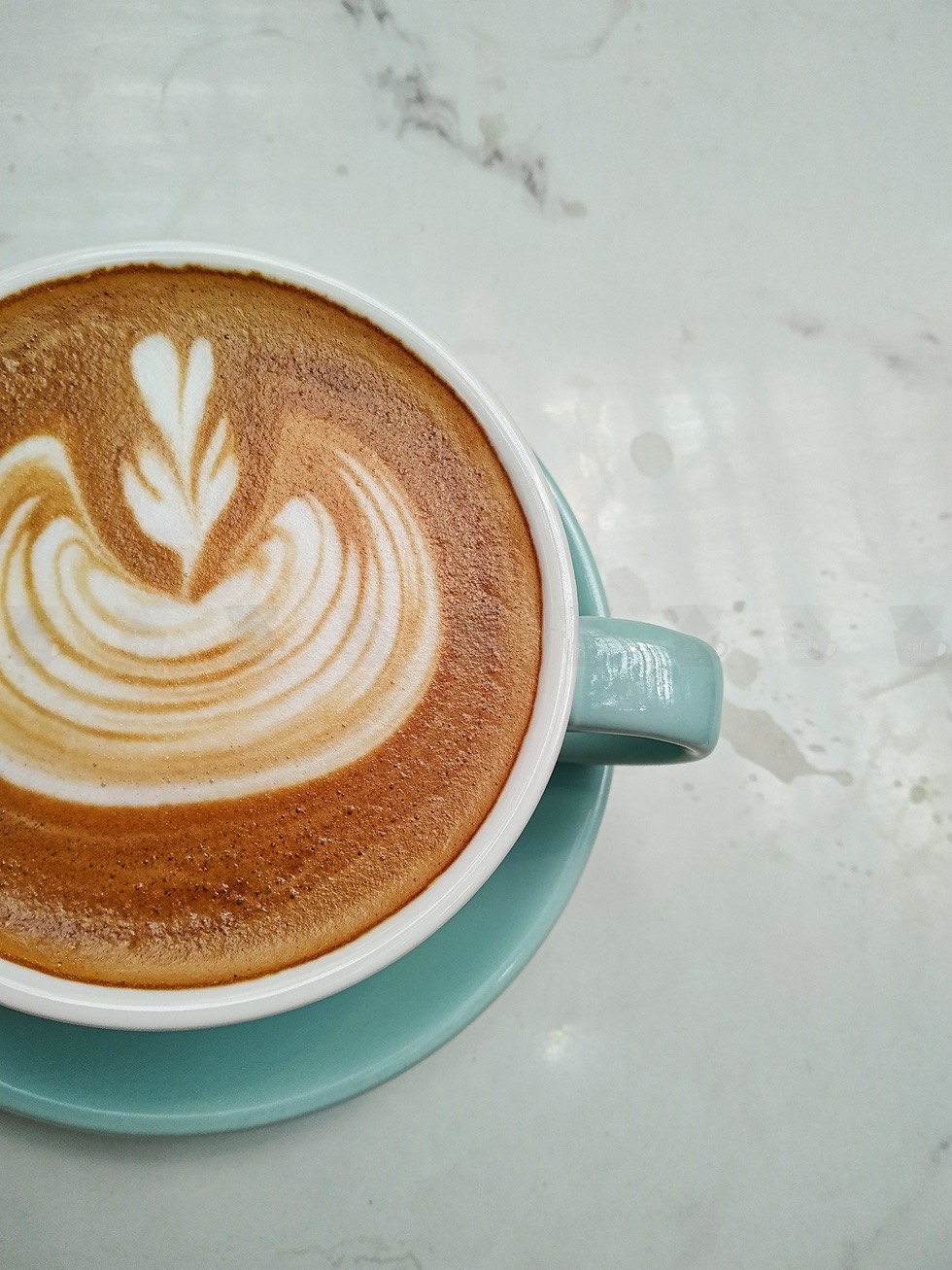
Coding was conducted within a recovery capital framework to improve understanding of the resources and barriers participants experienced in their recovery. This study used consensual qualitative research methodology to analyze focus group data from individuals in short- and long-term recovery in rural Michigan and Minnesota. Substance use and associated fatalities are disproportionately experienced by rural communities. This helped reduce social isolation experienced in early-recovery and provided a pathway into more structured opportunities for volunteering and employment. The transition in network composition between pre-recovery and the present indicates a different set of social influences, while the similarities in network structure indicate that the recovery network replaced the role of the using network in providing close bonds. However, there was no significant transition in network structure, with AOD-using and recovery networks both consisting of strong ties and a similar density of connections between people in the networks. There was a significant transition in network composition, with the replacing of AOD-using peers with recovery peers and a broader transformation from relationships being framed as negative to positive. These were complemented with qualitative interview data.

Measures included size and density, closeness of members, and their positive or negative influence, proportion of alcohol and other drug (AOD) using and recovery peers, and extent of separate subgroups. Network measures were compared between two timepoints, just prior to current recovery and the present time. Ten men were recruited from a peer-worker programme, in the South Ayrshire Alcohol and Drug Partnership (ADP), West of Scotland. To understand how the social networks of a new recovery community can help sustain recovery, focusing on processes of social identity change, in the context of the wider UK recovery movement.Ī cross-sectional, mixed-methods social network analysis (SNA) of ego-network sociograms to map network transitions, using retrospective measures. We conclude with an analysis of what community-based recovery groups and the wider recovery movement can contribute to a contemporary understanding of prefigurative politics. To illustrate our argument, we provide examples of community-based recovery groups and the approaches they use in addressing the identified needs of their recovery community. We argue that collective action in recovery groups is derived from the formation of an opinion-based social identity and results in alternative approaches to unmet needs, creatively addressing these identified needs through the utilisation of personal, social and collective resources within an emerging recovery community. In applying a contemporary analysis to prefigurative politics, we explore the contribution of community-based recovery groups to the recovery movement, a socio-political movement in the fields of mental health and addiction treatment. And for Bar Furniture you are probably looking for instagrammable pieces that can stand up to rough use and a bit of spillage.The concept of prefigurative politics has re-emerged following recent worldwide uprisings, such as the Occupy movement, to which this concept has been applied. For your Café Furniture you need something you can promote small dining with but also furniture that clients can comfortably sit in while sipping and chatting. If it is Restaurant Furniture or Dining Furniture you need, you are probably looking for products designed for dining posture and dining height.

When you are looking for Hotel Furniture, we understand that durability and comfort are on your checklist. We at Serenity Made may not be able to help you with your service and communication, but we can sure help make your environment stand out! The hospitality industry is devoted to providing this reception through service, communication and environment. Hospitality is about the friendly reception of guests, clients and visitors.


 0 kommentar(er)
0 kommentar(er)
